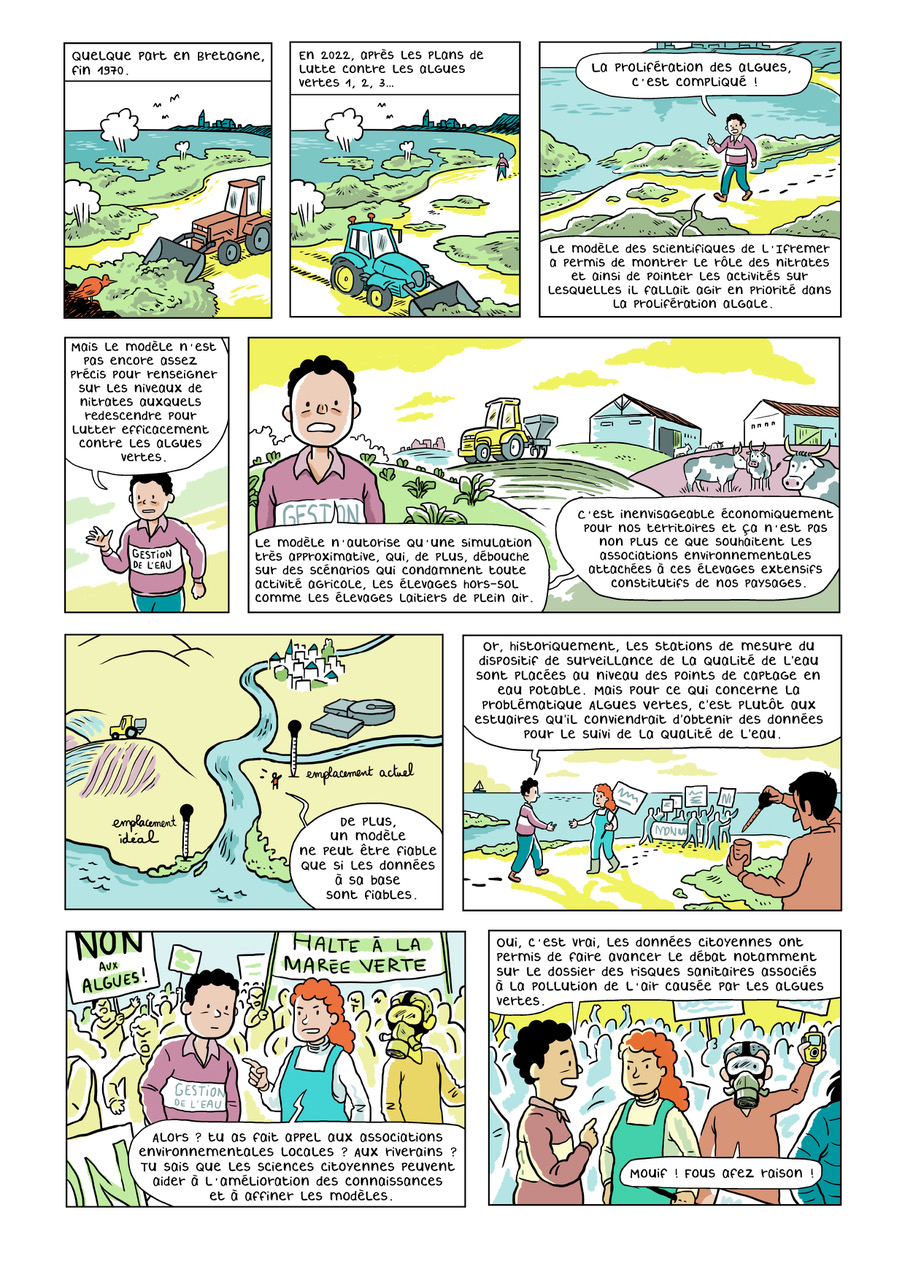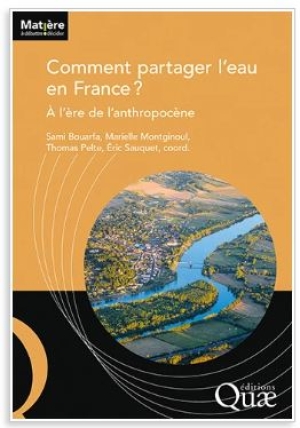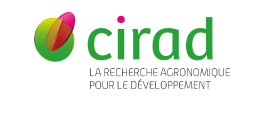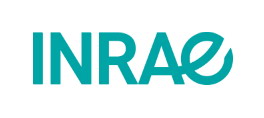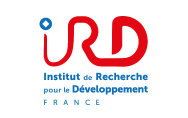Lors du prochain Vendredi Découverte, Olga Peytavi nous présentera sa thèse : "Composer avec l'eau dans les communes de Thio et de Touho, en Kanaky Nouvelle-Calédonie”
La présentation aura lieu ce vendredi 12 septembre 2025 à 11h à la fois en présentiel, en salle Aquadémie (Site Hydropolis Lavalette - Bât. Confluence) et en distanciel via le lien ci-après : https://ird-fr.zoom.us/j/92505334421?pwd=VO5egHPqcS7WnkvENUTsCSUUlHCd9n.1
Résumé : Cette thèse explore les liens vitaux et sensibles entre l’eau et les communautés locales kanak en Kanaky Nouvelle-Calédonie, à travers une enquête de terrain centrée sur les communes de Touho et de Thio. Elle s’attache à comprendre comment l’eau, ressource indispensable à la vie, est vécue, mobilisée et investie dans les dynamiques sociales et territoriales.
L’approche adoptée articule observation de terrain, récits de vie et mémoire collective. L’eau y apparait comme une entité vivante, agissante, qui engage les humains dans des relations de réciprocité et de responsabilité. Elle n’est pas seulement ressource, mais présence car elle circule entre les êtres, traverse les territoires et fonde des liens de cohabitation avec le vivant.
Cette thèse retrace également l’histoire et le quotidien local des réseaux d’adduction en eau, à travers une ethnographie longue des pratiques quotidiennes des habitants dont font partis les fontainiers. L’attention soutenue portée au travail des fontainiers, figures essentielles mais souvent méconnues de la gestion locale de l’eau a révélé une pratique du soin (care) à partir de l’observation au plus près des gestes, des savoirs faire et des ajustements dans leur travail quotidien. Ces récits et ces observations font apparaître des formes de bricolage et d’assemblage qui traduisent une appropriation située des infrastructures.
En croisant ces dimensions, cette recherche montre que l’eau est un révélateur des tensions entre logiques institutionnelles imposées et formes locales d’agencement, de souveraineté et d’attachement au territoire. Loin d’être une simple ressource, l’eau devient un enjeu de justice, un marqueur identitaire mais aussi un partenaire vivant, avec lequel les communautés renégocient sans cesse leurs manières d’habiter et de composer avec le monde
Venez nombreux !

